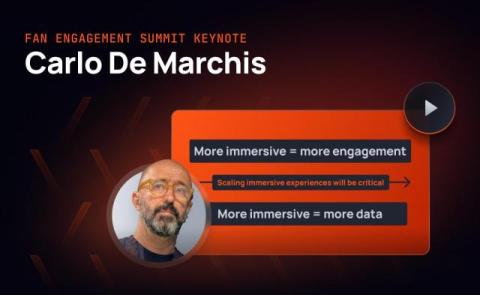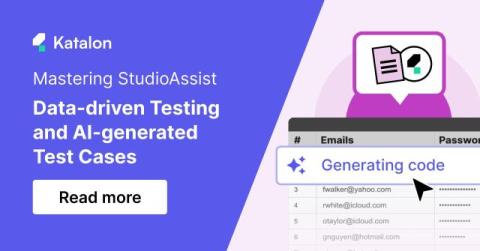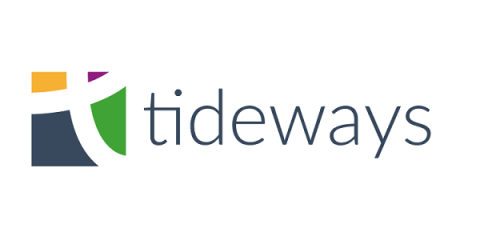How to Build a Custom Perforce Project Template (for Unreal Engine or Unity)
In this video, learn how to use the P4 Project Template tool to quickly setup and create a p4 environment for a new Perforce Helix Core project. With this tool, users will save time by easily reusing individual project style templates with variable definitions when creating and deploying future projects. Helpful Links Helix Core Admin Guide Check out the other videos in the Perforce Helix Core Admin’s Guide playlist for tutorials on other basic admin operations you will use when administering your Helix core server.











